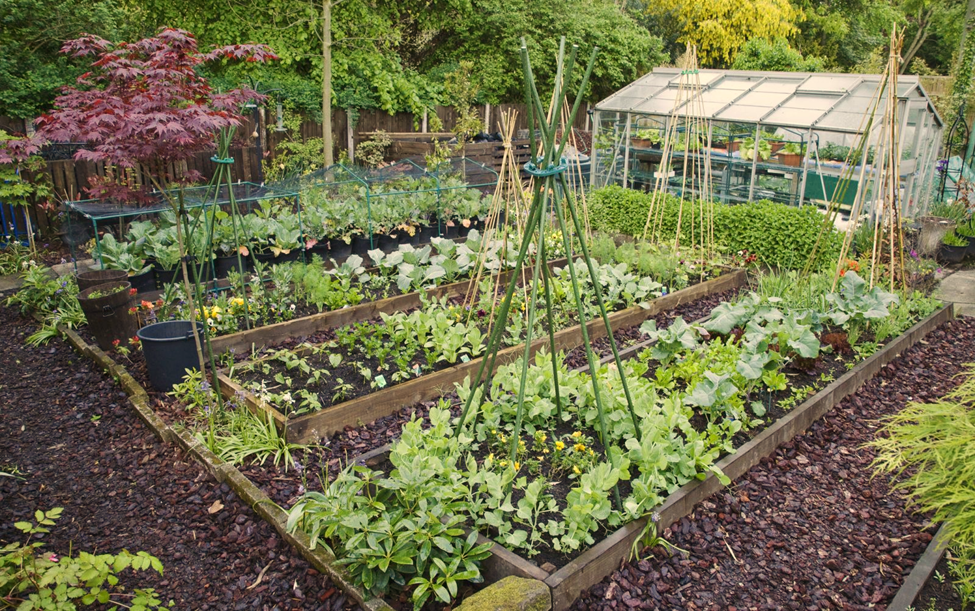Plant Allotment
Protection of Plants in Allotment Garden
We can’t forget to mention the importance of protection of plants in allotment gardens. The beauty and natural resources of the land depend on the ability of the different species of plants to survive, reproduce and thrive. So it is very essential that we make sure that they get the best possible support they require in healthy and good condition to ensure their survival. One of the most important ways to provide the necessary support is through the planting of various types of plants in the garden.
1. Provide Shelter to Plants
Plants need shelter during bad weather. If you are living in a place where there is heavy rainfall or where it snows heavily, then you need to plant some trees or shrubs that will provide adequate protection for the plants. Shrubs can do a wonderful job of providing protection to your plants, but they need a lot of maintenance. Once they grow too big in size, they become more susceptible to attack by pests and fungus. Therefore, they require pruning every couple of years, in case they grow too thick.
2. Provide Support to Plants
We also know that each plant has its own specific needs, which is why we have to provide such support for them. In a traditional setting, where people relied heavily on the interplay between the forces of nature and the human element, plant life depended largely on the local availability of compost and other nutrients. Nowadays, with a greater emphasis on conserving energy, water and land resources, people are looking for other ways of ensuring the protection of plant life. This is done through careful planning of plant variety selection, adequate planting of crucial native plants, the planting of barriers to prevent erosion, and appropriate plant protection strategies.
3. Covers for Greenhouses
Different types of Greenhouses can be protected by means of various forms of Covers. Greenhouse Covers come in different materials such as metal, plastic, cloth, etc., and can be used to surround the Greenhouse so as to protect it from the elements. Such Greenhouse Covers may also have lids or can be used without lids to provide easy access to the greenhouses. Greenhouse covers can be of different types, i.e., plastic, canvas, netting, screen, etc. However, most Greenhouse Covers are generally used to safeguard the Greenhouses during the winter seasons when the plants in them are not in bloom. They help in retaining heat and thus prevent the heat from escaping, thus preserving the plant’s health.
4. Plant Protection Strategies
Allotment gardening offers great opportunities to take care of the conservation of the flora and fauna that exist in the garden and its immediate vicinity. Plant protection strategies can provide the seeds with protection against a variety of environmental threats, such as climate change, which has increased concerns for plant conservation. Different strategies of protection can be implemented at different scales and for different types of gardens. However, in an allotment garden, the needs of the plant must be given first priority over other considerations, as all of the moisture in the soil must come from rainwater and this must come from a clean-tilled soil.
5. Planting the Shrubs for Protection
One of the methods for protection of plants in allotment garden is the planting of shrubs around the Greenhouse. These shrubs should be such that they are capable of competing with the natural flora of the place. The best way to select the plants is to first go through the local gardens and nature guides and then decide which shrub will suit the climate of the place. This method is quite effective as the shrubs are planted around the Greenhouse and hence provide protection from any harsh weather conditions.
6. Structure of Soil for Protection of Plants
The protection of the plants also depends on the structure of the soil. The garden has to be leveled, and the soil should be well rotted before introducing any seedlings. Seedlings should be planted on loosely packed soils, so that soil moisture is retained to a minimum. Once the plants are established, their protection comes from a variety of strategies. You can plant bushes, trees, grasses and various ornamental plants around the shrubs or you can just put mulch over them.
7. Using Mulch
Methods for protection of plants in allotment garden may also include using mulch. Mulch helps in retaining moisture in the soil and prevents the growth of weeds. These weeds are actually the competition of the shrubs and can quickly cause considerable damage to the entire garden. A well established mulch method can also prevent the development of termites into the soil. If you use a soil-based mulch, it will not only act as a guard against the destruction caused by the weeds but also prevent the water from seeping out of the soil.
8. Landscape Edging
One of the methods for protection of plants in allotment garden is the laying of landscape edging. This acts as an additional protection from the adverse weather conditions. You can also lay landscape edging for decorative purposes. There are a lot of options available when it comes to laying landscape edging. It is however important to select plants that can survive in the particular type of environment that you are going to create.
9. Conclusion
Methods for the protection of plants in allotment gardens require effective management techniques. You should implement proper cropping, rotation, and timing. In addition to these techniques, the soil should be enriched through fertilization and mulching. If you want to protect your garden, the best method is watering.

